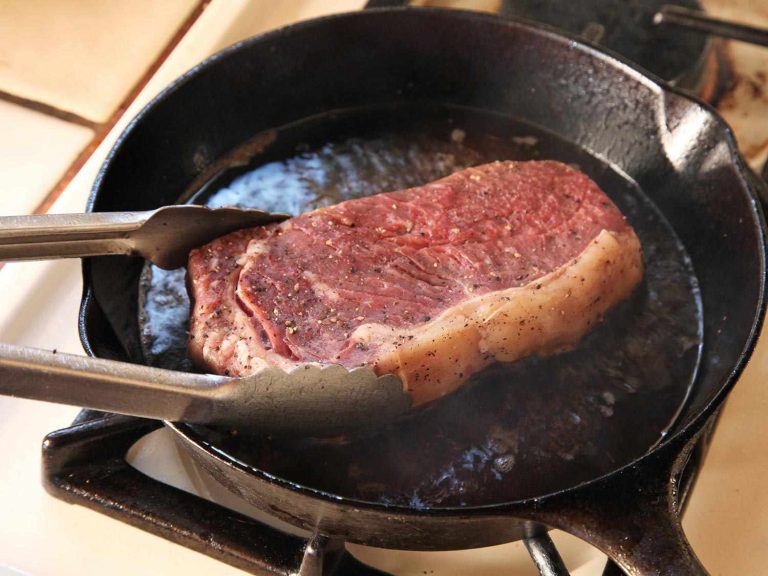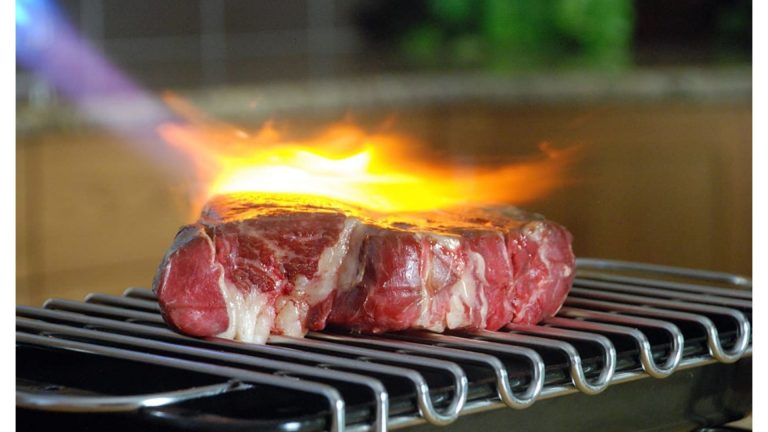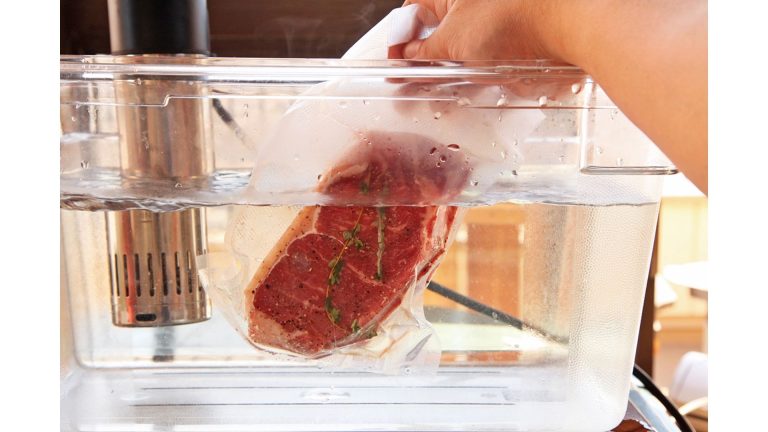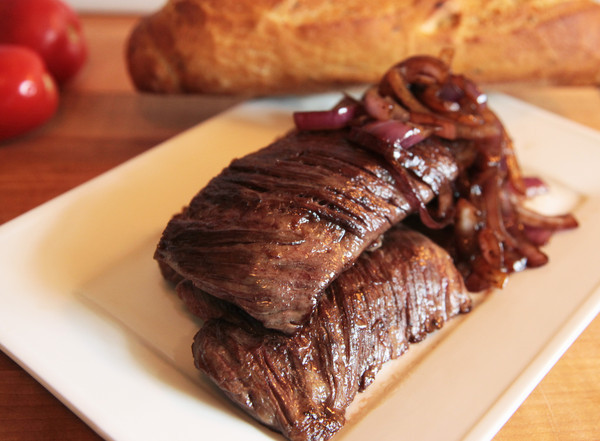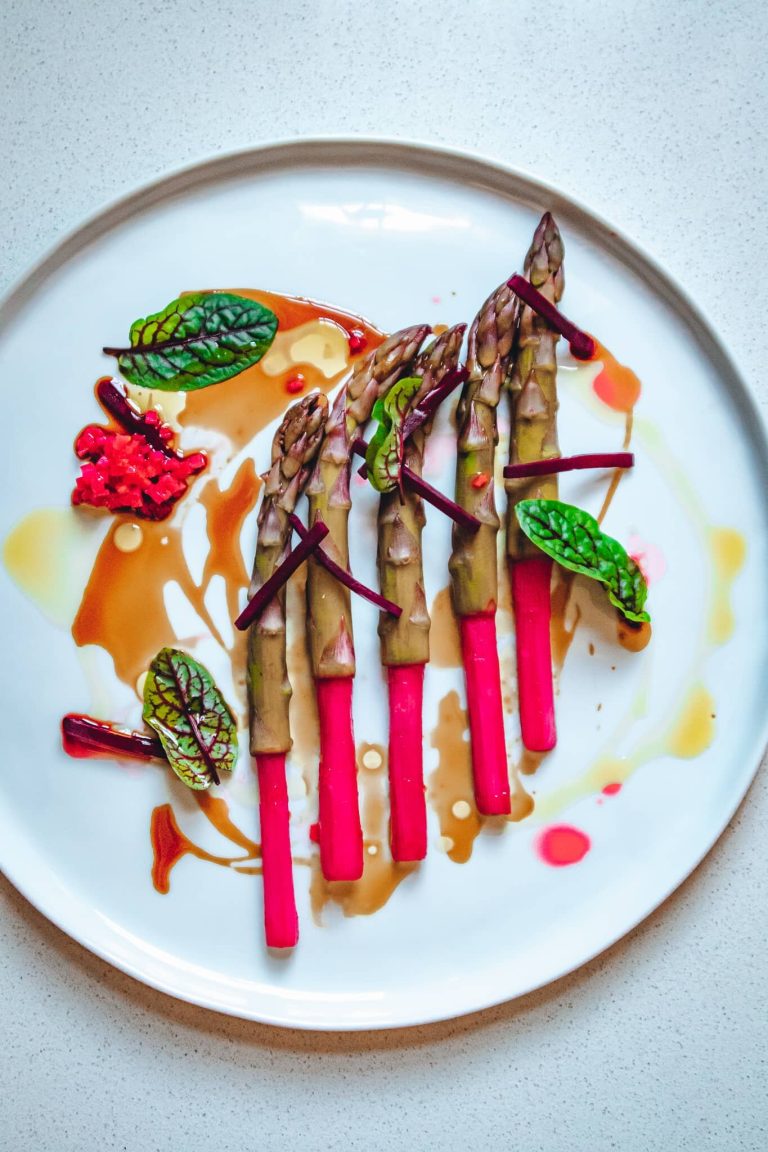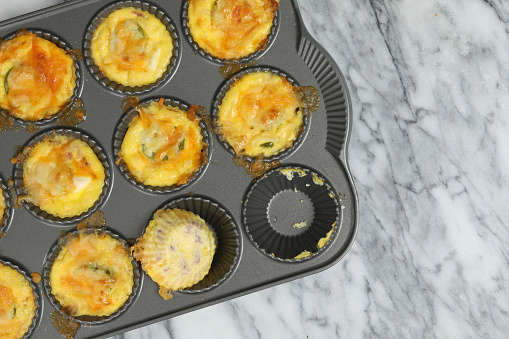How to Pasteurize Eggs With Sous Vide?
Raw egg yolk or raw egg whites are vital for creating the texture and richness of some dishes that are cooked lightly or not cooked.
The creamy richness of aioli, Caesar salad dressing, homemade mayonnaise, and hollandaise sauce are all created by the raw egg.
It also creates award-winning froth on cocktails, but raw egg yolks are also a hot spot for harmful pathogens to grow.
You can end up in the hospital with terrible food poisoning if you ingest a raw egg.
Your mom pleaded with you not to sneak raw cookie dough as a kid, and I worry about my toddler getting near an uncooked egg, because of this.
When it comes to food-borne illness, raw egg yolks tend to be in the spotlight, but raw egg whites can also harbor salmonella.
There isn’t a direct raw egg substitute that can nail the same texture or richness as raw egg recipes intend.
There is a solution to the food safety concerns of cooking with raw eggs that won’t compromise the taste or texture of your recipes, and that’s to pasteurize your eggs sous vide at home.
If you want to pasteurize eggs, you will need to place the eggs in a water bath, or sous vide. There are many different sous vide machines on the market today.
The sous vide machine will be placed in the water bath and will then heat the water. After that, the eggs will be placed into the water and will cook.
The temperature of the water bath will have to be above 100 degrees Fahrenheit (38 degrees Celsius) to ensure that the egg is properly cooked.
Table of Contents
What Are Pasteurized Eggs?
Pasteurized eggs are the same as regular eggs, but they have been gently heated in their shells to 140F (60C) to kill harmful bacteria.
The temperature is high enough to kill off harmful bacteria, but not hot enough to cook the egg.
The temperature and holding time for using heat alone to pasteurize egg whites are 134 F for 3.5 minutes or 132F for 5.2 minutes according to the USDA Pasteurization Requirements.
These lower temperatures are required for egg white proteins as they are heat-sensitive.
The yolk is less sensitive to higher temperatures than salmonella because it is affected by its functional properties.
The pasteurization temperature must be 140F (60C). The required temperature for pasteurizing whole eggs in their shell is 140F (60C), for 3.5 minutes.
Pasteurizing eggs in their shells is accomplished through a technique that uses precise time and temperature zones within water baths.
It was nearly impossible to do this at home before. But now you can easily do it in a few simple steps, thanks to sous vide.
How Long to Pasteurize Eggs with Sous Vide?
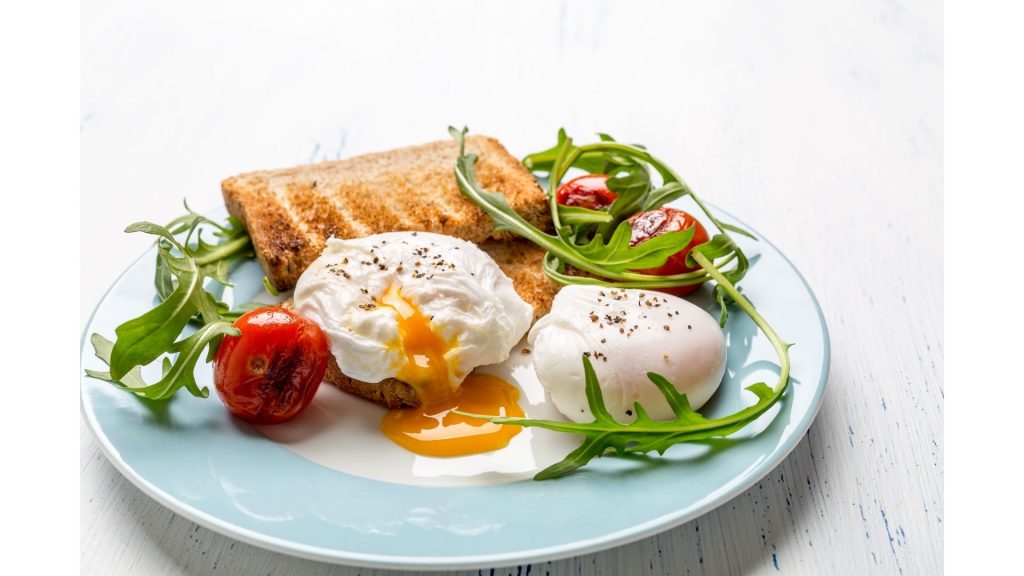
The temperature required for sous vide machine to fully cook pasteurized eggs is nearly 135 F for about 75 minutes. You may ask can’t we use 140 F to kill salmonella. That’s a great question.
Here is an example to understand the situation.
When the center of a chicken breast reaches 165F, most of the Salmonella will be killed. It takes 14 seconds to kill the Salmonella when you bring it to 160F.
50 seconds is how long it will take at 155F. 3 minutes is how long it takes at 150F. It will take 69 minutes when you lower the temperature to 136F.
Setting the temperature at 135F (57C) and leaving the eggs in the water bath for at least 1 hour and 15 minutes kills the Salmonella in the whole eggs, while the heat-sensitive proteins in the egg whites are not destroyed.
The egg whites of a pasteurized egg are cloudy compared to the clear egg whites of a raw egg, which is why they are different.
How to Pasteurize Eggs Sous Vide?
Follow the steps mentioned below.
Steps to Follow
- Preheat water to 135 F using sous vide immersion circulator.
- Once the water temperature is reached, use a spoon or spider strainer to gently lower some large eggs in their shells into the water bath.
- You could place the eggs in a plastic bag and submerge them under the water, which would allow the water to fill the bag and keep the eggs at the bottom of your cooking vessel. Set the timer to 75 minutes.
- Prepare an ice-water bath a short time before the eggs are done. Place the eggs in the ice-water bath immediately after the timer goes off.
- If your eggs are in a plastic bag, carefully lift the bag by grabbing one corner and tilting it to pour out as much hot water as you can, then drop the bag containing the eggs into the ice bath. Let it rest for 30 minutes.
- Once the eggs are chilled take them out and clean them with a dry clean cloth. Now take a permanent marker and mark them and refrigerate.
How to use these eggs
Pasteurized eggs can be used in any recipe that calls for partially cooked or raw eggs, and they can also be used to make classic breakfast dishes such as eggs Benedict.
Pasteurized egg yolks are an excellent food for pregnant women and young children because they are rich in choline, which helps with healthy brain development.
FAQ
Can You Use Pasteurized Eggs in Any Recipe?
Yes! It is common practice to pasteurize eggs before they reach the store. This process removes bacteria and other contaminants.
You can use pasteurized eggs in any of your favorite recipes.
Are Home Pasteurized Eggs Safe to eat Raw?
Pasteurizing can kill off several viruses. If you find that you are getting sick from raw eggs, it could mean you have been exposed to salmonella or other harmful bacteria.
However, home pasteurization does not necessarily mean that eggs are safe. It can destroy some of the fat-soluble nutrients.
The U.S. Department of Agriculture also warns consumers against eating raw or undercooked shell eggs because of the risk of salmonellae.
How Do I Know if the Pasteurization Process Worked?
The most reliable way to know is to go to the store and buy an egg from there. If the carton says it’s pasteurized, it is safe to eat uncooked or refrigerated for up to four weeks.
Conclusion
I am sure that you have heard about pasteurization, but if you haven’t tried then don’t worry, I will explain to you the basics of it.
Here I have provided you with a simple way to pasteurize eggs sous vide, so try this method and enjoy your meal.

Foodie and a passionate cook, I am here to share all of what I know about cooking, kitchen, and food prepping.
Follow me for delicious and healthy recipes.

